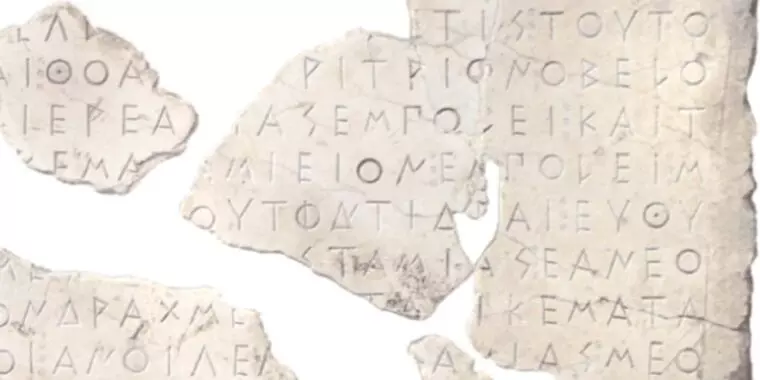Comments
- No comments found

Machine learning (ML) could bring to life lost texts, from imperial decrees to the poems of Sappho.
During certain points in history, humans began using written text to keep accounts.
These accounts can give modern scholars clues as to how people in ancient societies went about their days. But that is only if the artifacts can be deciphered. Many have been eroded by weather or have been broken and are missing pieces. Modern scholars use a variety of tools to determine the content of the original text. This is almost always a long and tedious process.
Machine learning has the potential to contribute to the toolbox of historians involved in analysing ancient texts and using them to understand processes like the development of imperialism or the nature of cult activity.
Researchers have developed a powerful machine learning based system that can fill in the gaps in ancient Greek inscriptions and pinpoint when and where they are from.
Machine learning is a powerful technology that can help historians, researchers and scientists ask questions about the history of humanity, and make comparisons to existing evidence.
DeepMind researchers working alongside scientists from the University of Venice, the University of Oxford and Athens University of Economics and Business, have developed a machine learning application that can help historians fill in the gaps of text missing from stone, metal or pottery artifacts.
Most surviving inscriptions have been damaged over the centuries, but now machine learning can restore the missing parts.
By using machine learning, researchers achieved 62% accuracy when used alone to fill in the gaps in inscriptions, and 72% accuracy when the system’s suggestions were interpreted by a historian.
Researchers trained the machine learning algorithms using 60,000 Greek texts from the years 700BC to 500AD. Machine learning helped researchers attribute a text to a time and place using clues found in the text and from other sources.
There is also the potential to develop machine learning systems that could provide insights into the authorship of texts.
The use of machine learning will help us pour over our vast digitized record of our history and fill in all of these blanks, connecting events from centuries ago just as richly as those from a few minutes ago.
Instead of replacing humans, artificial intelligence will help us better understand ourselves, how we got here and what it means to be human.
Leave your comments
Post comment as a guest